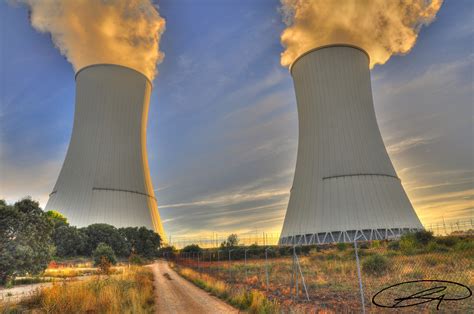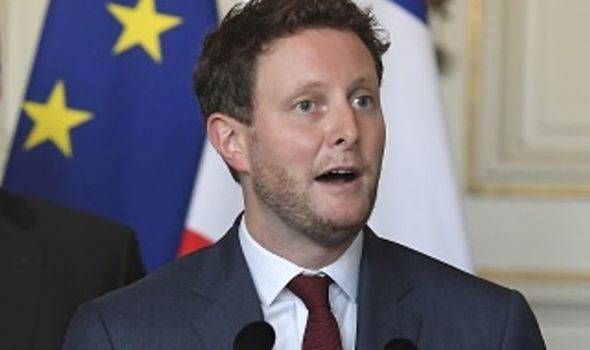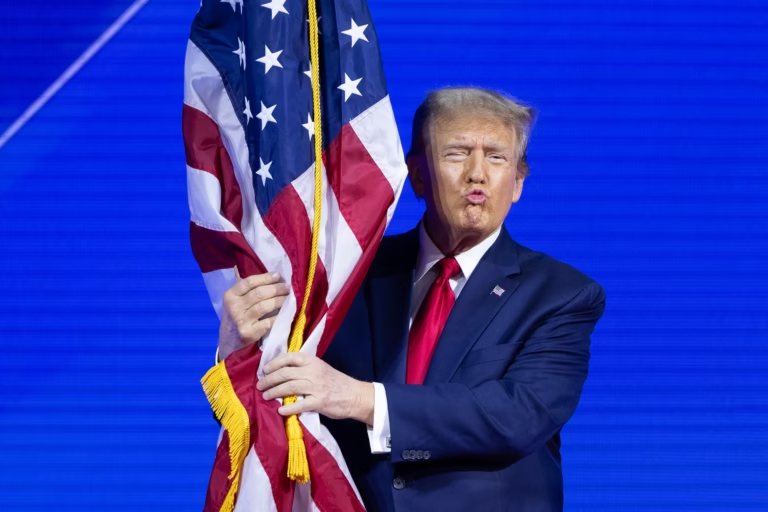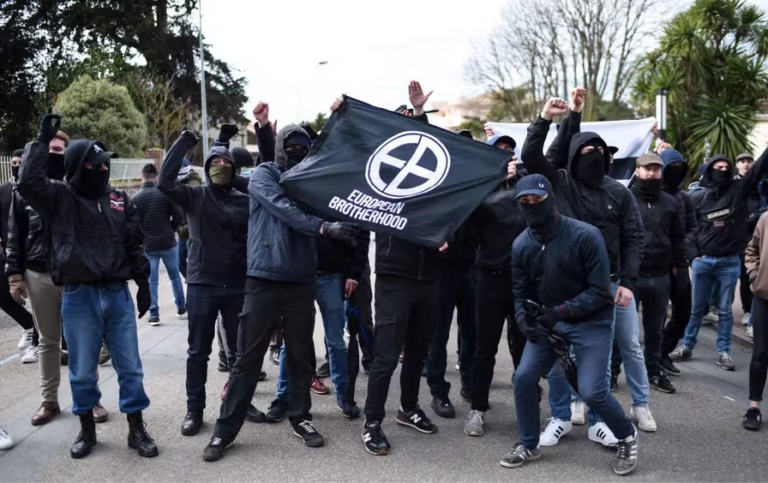Nuclear Left in the Shadows of Clean Tech Aid

(Nuclear Plants Copyright ecavo.com)
A leaked draft of the European Commission’s updated state aid rules for the Clean Industrial Deal appears to leave nuclear power largely out of the equation. This omission comes despite recent indications from EU leadership that nuclear energy is an essential part of the bloc’s transition to net-zero emissions. The absence of explicit support for nuclear could put the EU on a collision course with pro-nuclear nations like France, which sees atomic energy as crucial to achieving carbon neutrality.
The draft framework outlines a variety of technologies eligible for state subsidies, from wind and solar power to battery production. These state aid measures would allow national governments to sidestep strict EU competition rules that usually prohibit industry subsidies. However, nuclear power is conspicuously absent from key provisions, particularly in the realm of hydrogen production—a clean energy source pivotal to decarbonizing industries like steelmaking and chemicals.
Limited Role for Nuclear in Hydrogen Production
One of the most striking aspects of the leaked document is its restrictive stance on hydrogen. For projects to qualify for state aid, at least 25% more of the hydrogen must come from renewable sources—such as wind, solar, or hydro—compared to the share of those renewables in a country’s electricity mix. This requirement is designed to accelerate the deployment of renewables, leaving nuclear-powered hydrogen production in a precarious position.
Even the category of ‘low-carbon’ hydrogen, which could theoretically include nuclear-powered production, is only permitted in limited quantities—potentially as little as 10%. Further complicating matters, the EU has yet to finalize its definition of low-carbon hydrogen. A draft published last year proposed a minimum 70% reduction in emissions compared to fossil fuel-based production, leaving the door slightly open for nuclear to qualify.
Pushback from Pro-Nuclear Leaders

(French public servant and politician Clement Beaune – Image: GETTY)
French officials have been vocal about their dissatisfaction with the apparent exclusion of nuclear energy. Speaking at the World Economic Forum in Davos, European Commission President Ursula von der Leyen acknowledged that nuclear could play a role in Europe’s energy transition. French EU Commissioner for Industrial Strategy, Stéphane Séjourné, went even further during a visit to the long-delayed Flamanville nuclear reactor, calling full recognition of nuclear power a matter of “EU sovereignty.”
“The inclusion of low-carbon hydrogen from nuclear power in the Clean Industrial Deal is a positive first step,” Séjourné said in a social media post. “I will fight to go further, so that nuclear energy is fully recognized, in the same way as renewables or bioenergies.”
The Clean Industrial Deal, along with the accompanying state aid rules, is set to be presented by Séjourné and fellow Vice-President Teresa Ribera on February 26. The draft will be subject to public consultation, leaving room for potential revisions before the final version is published. Whether nuclear will gain a more prominent place remains to be seen, but for now, its role in Europe’s clean tech push appears sidelined.


